Authorities arrested a California man for allegedly starting the Park fire. He reportedly pushed a burning car into a gully, igniting the blaze. The fire has burned over 71,000 acres near Chico.
This incident highlights the human factor in wildfire ignition. Human-caused wildfires account for 85% of all wildland fires in the U.S.
Park Fire: Rapid Spread and Evacuation Orders
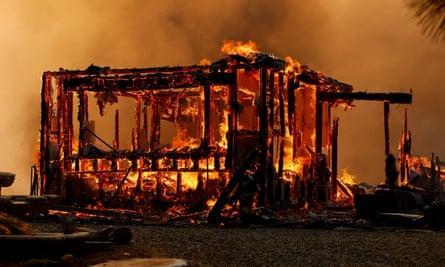
The Park fire exploded in size, threatening communities. Officials ordered evacuations in Butte and Tehama counties. Containment remained at 3% early Thursday.
Hot, windy conditions raised concerns about further rapid growth. The Park fire grew from 0 to 71,000 acres in less than 48 hours.
Chico Residents Face Trauma from Recent Fires
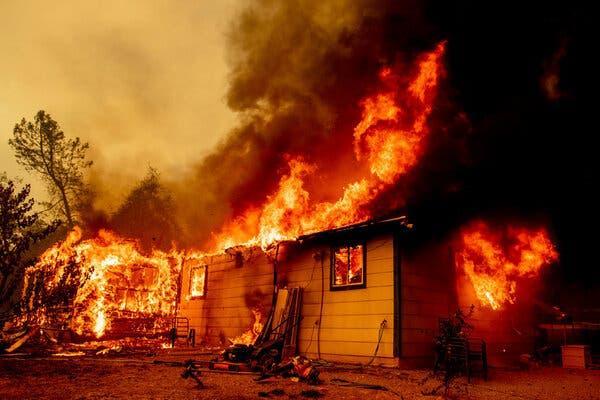
Chico’s residents witnessed visible flames from the city. The fire stirred up trauma from previous destructive seasons. The 2018 Camp fire, which destroyed nearby Paradise, remains a painful memory.
Wildfire-related PTSD affects an estimated 30% of wildfire survivors. The 2018 Camp fire was the deadliest and most destructive in California’s history.
North American Wildfires: A Widespread Crisis
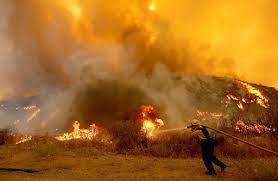
Firefighters across North America battle numerous wildfires. Heatwaves and record-breaking temperatures exacerbate the situation.
Fires rage in California, Washington, Oregon, and parts of Canada. The U.S. National Interagency Fire Center reported 84 uncontained large fires burning across the country.
Lightning-Sparked Fires: Nature’s Role in Ignition
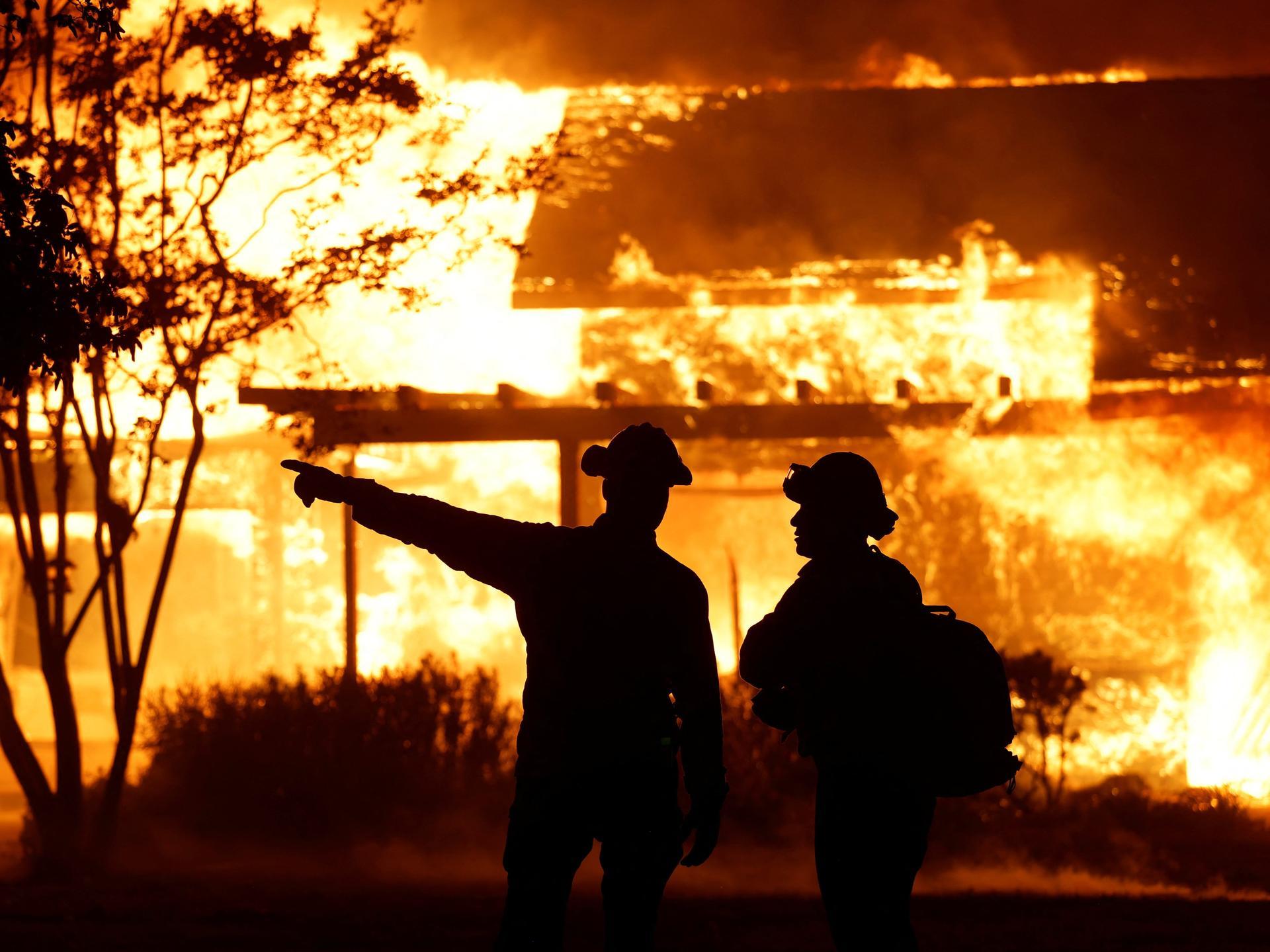
Lightning sparked the Gold Complex fires near the Nevada border. These fires burned over 3,000 acres in Plumas National Forest. Lightning poses a significant wildfire risk in dry conditions.
In Oregon, over 2,800 cloud-to-ground lightning strikes were detected in one day. Lightning causes about 15% of wildfires in the U.S. annually.
Extreme Fire Behavior: Creating Its Own Weather
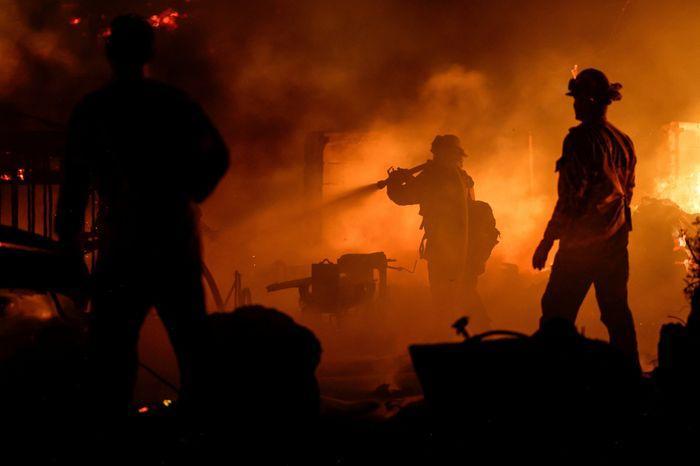
The Durkee fire in Oregon grew so large it created its own weather. This phenomenon, called pyrocumulonimbus, can generate lightning and strong winds.
Such behavior makes fires more unpredictable and dangerous. Scientists have observed an increase in fire-generated weather events in recent years. Pyrocumulonimbus events have increased by 240% in western North America since 2017.
Firefighting Efforts: Thousands Battle the Blazes

Over 21,000 wildland firefighters work across the country. They focus on evacuations, structure defense, and containment. Firefighters use various tactics, including bulldozers for fire lines.
The cost of fighting wildfires has increased dramatically in recent decades. The U.S. spent $4.38 billion on federal firefighting in 2021.
Air Quality Alerts: Smoke Affects Multiple States
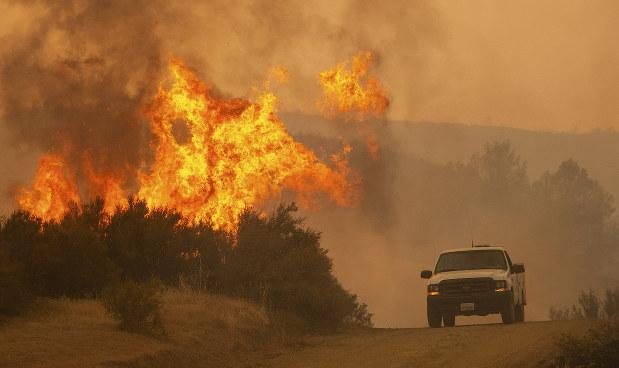
Wildfire smoke triggers air quality alerts in several states. Oregon, Washington, and Idaho face particular challenges. Poor air quality poses significant health risks.
The economic impact of wildfire smoke is substantial. Wildfire smoke causes an estimated 339,000 premature deaths globally each year.
Fire Weather Warnings: Heightened Risk Conditions
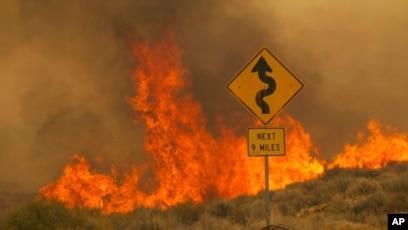
Various states face fire weather watches and warnings. Red Flag warnings indicate critical fire conditions. Low humidity and strong winds increase fire danger.
Climate change is extending fire seasons and intensifying fire weather. The term “Red Flag Warning” originated in the 1960s.
Pacific Northwest: Aggressive Fire Season Unfolds

The Pacific Northwest experiences a particularly aggressive fire season. Millions of acres of national forest face record-breaking dry conditions.
Lack of rainfall exacerbates the situation. The region’s fire season has lengthened by an average of 78 days since the 1970s. The Pacific Northwest has lost 1.6 million acres to wildfires in 2023 so far.

